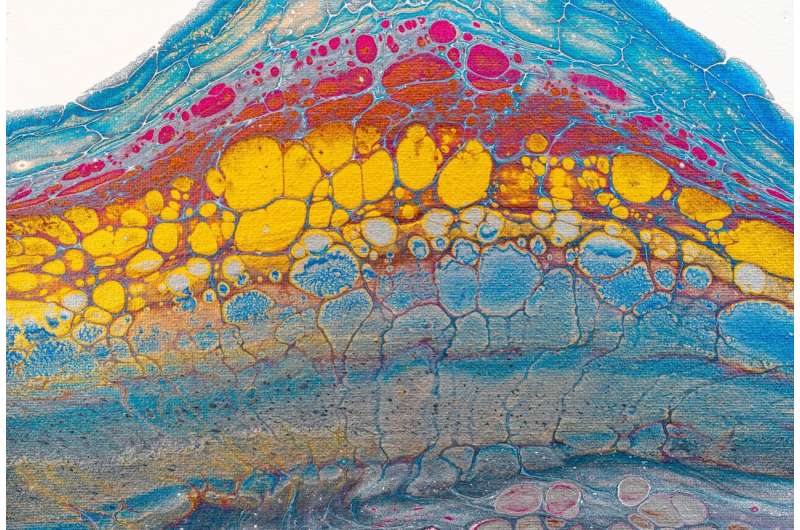The Influence of Bedding on Sleep Thermal Comfort and Insulation

Explore how bedding and sleep posture influence thermal insulation and comfort during sleep. A recent study uses advanced modeling to optimize sleep environments for better health and comfort.
The environmental conditions of our sleep space significantly influence sleep quality, which is vital for overall health. Among these factors, the micro-environment created by bedding plays a crucial role in maintaining thermal comfort. This encompasses ambient temperature, humidity, the heat generated by the body, and the thermal insulation offered by bedding items such as quilts, blankets, sheets, and sleepwear.
Thermal insulation capacity, or the ability of bedding systems to resist heat flow, directly impacts the thermal neutrality, or the ideal temperature range where the body maintains a stable temperature without shivering or sweating. Currently, standardized techniques for measuring bedding insulation are lacking. Existing research mostly considers the body as a whole, neglecting local thermal variations across different body parts.
A study led by Mizuho Akimoto from Waseda University addressed this gap by analyzing the total thermal insulation of bedding systems for the entire body and individual regions. The research involved collaboration with experts from Denmark and Japan, and the findings were published in the journal Building and Environment.
This research highlights that posture and bedding coverage can change constantly during sleep, affecting local thermal conditions. To accurately measure these effects, the team employed a heated human thermal manikin combined with the open-source JOS-3 thermoregulation model.
They conducted tests in a climate chamber with 84 different combinations of bedding and sleepwear, varying postures (lying on the back or side), clothing levels (nude or pajamas), and bedding types (blankets or duvets). The experiments were performed at ambient temperatures of 18.6°C, 22.6°C, and 26.4°C, adhering to international standards.
Results showed that the total thermal insulation ranged from 1.06 to 5.71 clo units, depending on the setup. While the manikin could not simulate sweating, the team used the JOS-3 model to predict how sweating influences skin temperature and heat loss in real people.
Simulations revealed that local skin temperatures can vary markedly, even if the overall insulation remains constant, based on what specific body parts are covered or in contact with bedding. These insights help optimize sleep environments by adjusting bedding and sleepwear to prevent overheating or sweating.
Akimoto emphasized that focusing solely on whole-body thermal insulation is inadequate. Instead, understanding the localized effects is essential for improving sleep comfort. These findings provide benchmarks for designing better sleep environments and enhance models predicting physiological responses such as heat stress during sleep.
In summary, this research advances the understanding of how bedding configurations and sleep postures influence thermal comfort, offering pathways to improve sleep quality and support better health outcomes.
Stay Updated with Mia's Feed
Get the latest health & wellness insights delivered straight to your inbox.
Related Articles
New Insights Into Sex Differences in Heart Rhythms: Faster Heartbeats in Women and Irregular Rhythms in Men
New research uncovers genetic reasons why women tend to have faster heartbeats while men are more prone to irregular rhythms, paving the way for personalized heart rhythm disorder treatments.
Understanding Why COVID-19 Surges Back During Summer Months
Learn why COVID-19 continues to surge during summer months, driven by viral mutations, increased indoor activity, and waning immunity, and discover effective prevention strategies.
Preoperative Radiation Therapy Shows Promise in Reducing Pancreatic Cancer Recurrence
New research indicates that preoperative targeted radiation therapy can improve local tumor control and reduce recurrence in pancreatic cancer, opening new possibilities for treatment strategies.
Innovative Optical Imaging Technique Promises Earlier Detection of Colorectal Cancer
A novel optical imaging method utilizing tissue autofluorescence and machine learning offers a promising tool for the early detection of colorectal cancer, potentially improving diagnosis accuracy during procedures.



